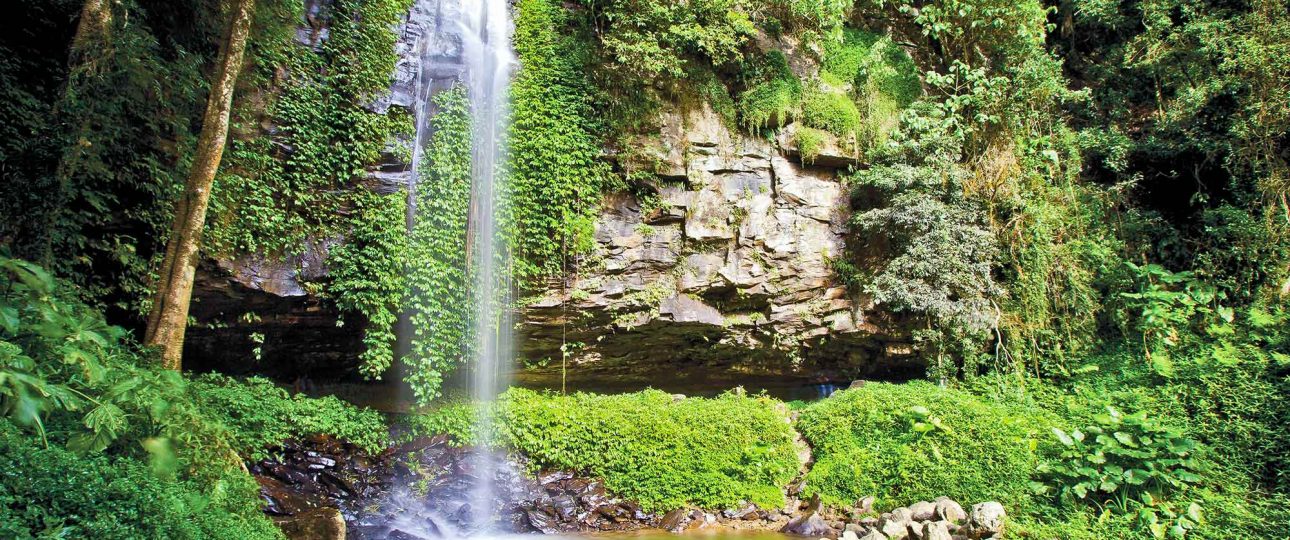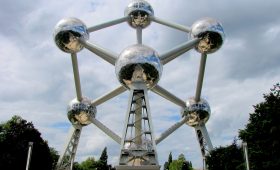Exploring Wongo National Park in Mali
Location and History
Wongo National Park is located in southwestern Mali, close to the border with Guinea. Covering around 2,700 square kilometers, it ranks among the largest national parks in West Africa. Established in 1954, the park’s origins trace back to the colonial era when it served as a hunting reserve for French colonialists. Today, it stands as a protected area dedicated to preserving Mali’s unique flora and fauna.
Unique Features
The park’s biodiversity is its standout feature. It hosts a mix of ecosystems, including savannahs, forests, and wetlands, which support a wide array of wildlife. Visitors might encounter elephants, antelopes, leopards, and a variety of bird species. The park’s natural beauty is further enhanced by Wongo Falls, a series of cascading waterfalls that provide a stunning backdrop for photography. Additionally, ancient rock formations offer insights into the region’s geological history.
Best Time to Visit
Plan your visit during the dry season, from November to April, when the weather is more favorable and wildlife is easier to spot due to less dense vegetation. The wet season, from May to October, brings heavy rains that can make some areas inaccessible. However, if you enjoy lush landscapes and don’t mind occasional showers, the wet season offers its own unique charm.
Getting There
Reaching Wongo National Park requires some planning. The most straightforward route is to fly into Bamako, Mali’s capital. From there, you can hire a private car or join a guided tour to the park. The journey’s duration depends on road conditions and traffic. For those seeking adventure, public transportation options like buses or shared taxis are available, though they may involve longer travel times and potential language barriers.
Local Transportation and Accommodation
Once at the park, getting around is simple. You can explore on foot, join guided tours, or rent a bicycle. Park rangers are available to provide insights into the park’s ecosystems and history. Accommodation options are basic but comfortable, ranging from guesthouses to campsites. While luxury amenities are scarce, the local hospitality ensures a memorable stay.




